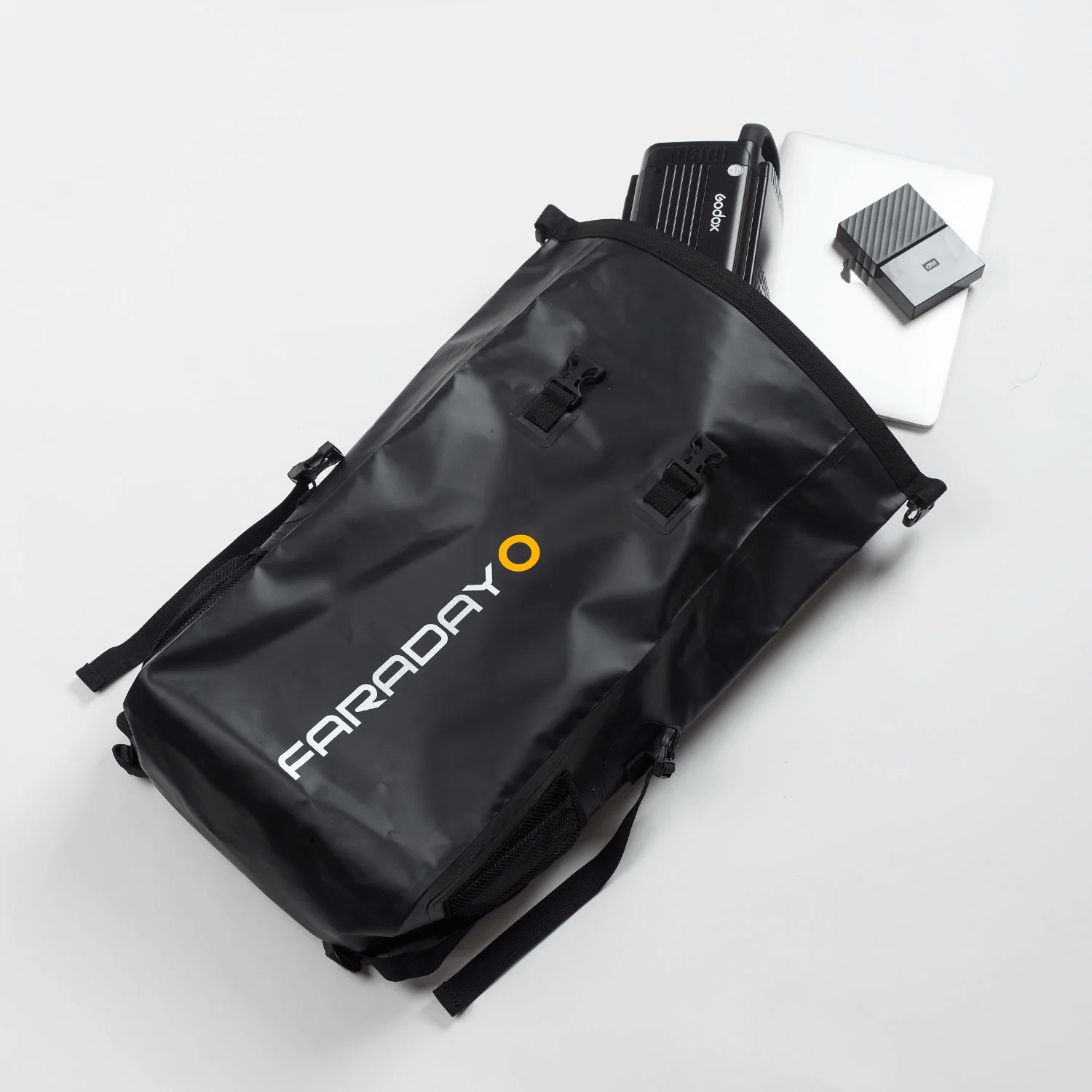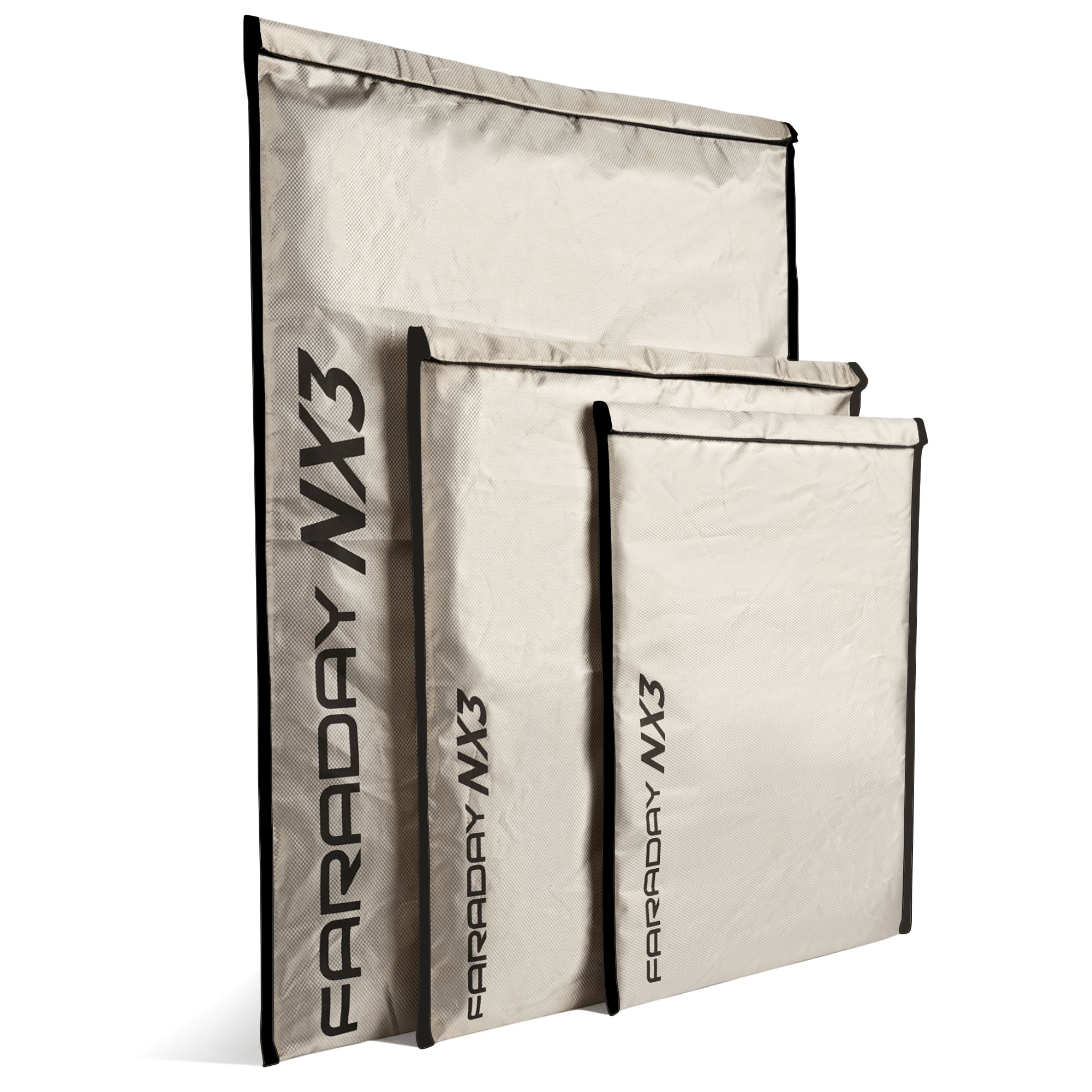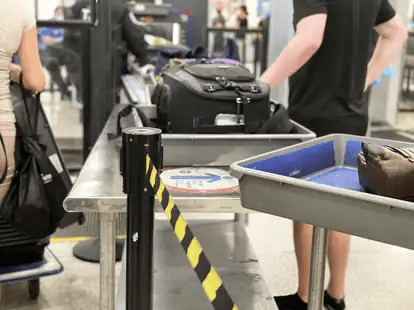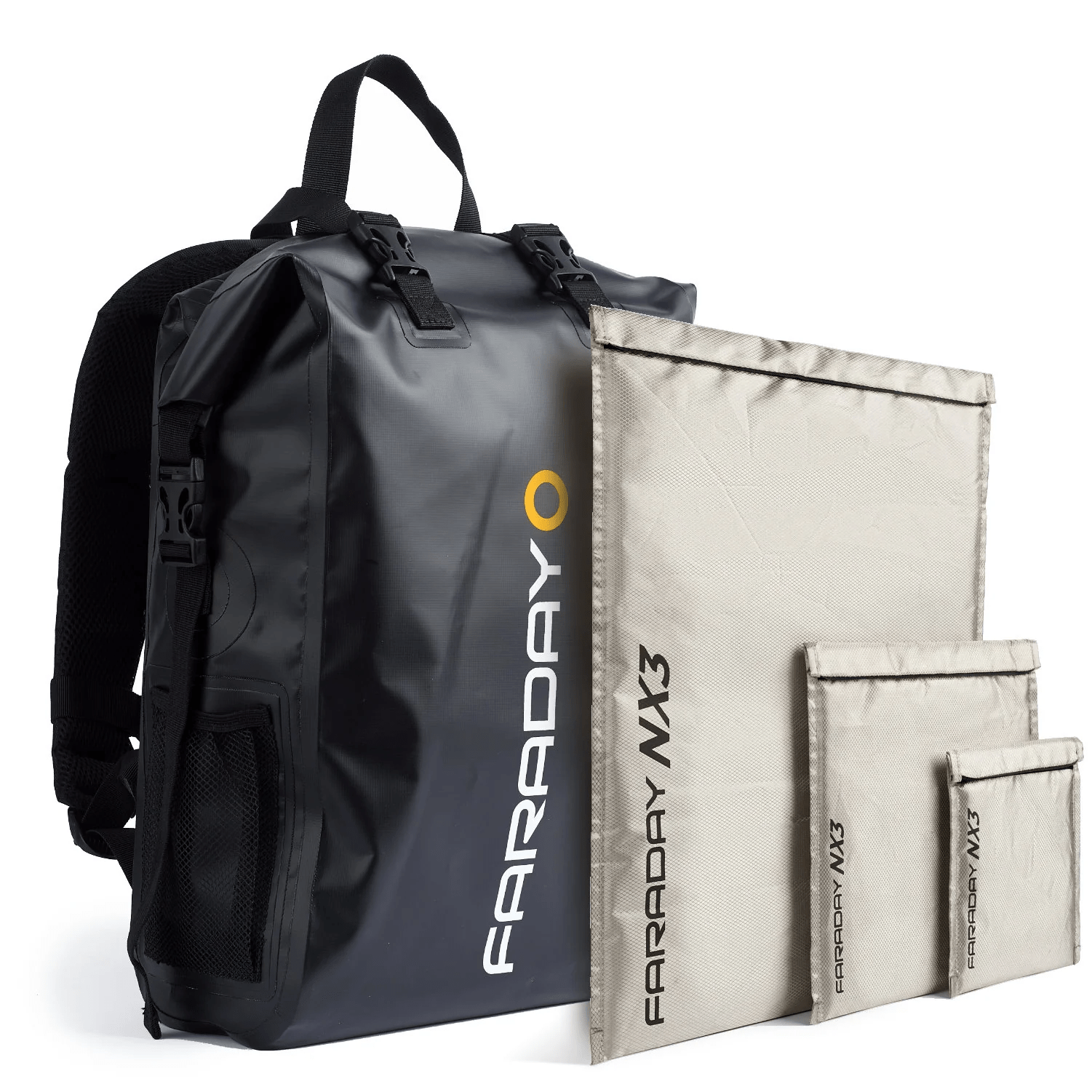Your Cart is Empty
Call, Text or Chat Mon-Friday 10AM-5PM CST : 1-844-WILDOAK
Menu
-
- Deals & Promos
- Homesteading
- Living Off The Grid
- Off Grid Toilet
- Composting Toilets
- Incinerating Toilet
- Chicken Coops
- Greenhouses
- DIY Shed Kits
- Barndominium Kit
- Garage Kits
- Poultry Processing
- Dog Kennels
- BeeKeeping
- EMP & Signal Protection
- Emergency Food Kits
- Freeze Dryers
- Solar Generators, Panels and Batteries
- Solar Fridge & Freezers
- Propane Wall Heater
- Water Filtration
- Coolers and Cooking
- Gazebos
- Portable Sauna
- Camping Cot
- Hunting Blind
- Canvas Tents
- Prepping
- Overlanding Gear
- Composting Toilets
- Solar Generators
- Brands
- Chicken Coop Brands
- Composting Toilet Brands
- Solar Brands
- Food Storage Brands
- Freeze Dryer Brands
- Water Filtration Brands
- Incinerating Toilet
- Dry Flush Toilet Brands
- Waterless Toilet Brands
- Heater Brands
- EMP Shield Brands
- Tent Brands
- Cot Brands
- Cooler Brands
- Stove & Grill Brands
- Dog Kennels
- Greenhouse & Gazebo Brands
- Portable Saunas
- DIY Shed Kits
- About Us
- Resource Center
- The Ultimate Prepper & Emergency Survival Blog - Includes Free eBook
- Beginners Guide to Living off The Grid - Includes Free eBook
- Building Your Own Emergency Food Supply
- Best Survival Food to Be Prepared for Anything
- Berkey Lab Tests & Certifications
- Federal Solar Tax Credit - What You Need to Know
- BLOG
-
- 1-844-945-3625
- Login

Call, Text or Chat Mon-Friday 10AM-5PM CST : 1-844-WILDOAK
Does the TSA Allow Faraday Bags?
by Patricia Turla 9 min read
Traveling can be a blend of excitement and stress, especially when it comes to ensuring the security of your electronic devices. With the rise of digital theft and the need to protect sensitive information in the digital world, Faraday bags have become an essential accessory for many travelers. But does the TSA allow Faraday bags? Yes, Faraday bags are allowed, but there are considerations you should be aware of.
What Are Faraday Bags?

A Faraday bag, similar to a Faraday cage, protects mobile devices from threats, including wireless signal interception, digital theft, and remote tampering. These bags typically consist of layers of conductive materials, such as aluminum foil or metallic fabric, encased in a durable, non-conductive outer layer. By blocking electromagnetic signals, Bluetooth, and radio waves, Faraday bags effectively create a protective barrier around digital devices, safeguarding sensitive information, such as credit card details, location data, and personal identification.
Electronic Devices Vulnerable to RF Signals Interception
The following electronic devices rely on RF signals for communication and operation, making them vulnerable to interception or exploitation.
-
Cell phones: Mobile devices are constantly emitting and receiving signals for calls, texts, and data transmission, making them susceptible to interception by hackers or unauthorized surveillance.
-
GPS units: Global Positioning System (GPS) devices receive signals from satellites to determine location coordinates, making them potential targets for tracking or location-based attacks.
-
Car key fobs:Remote keyless entry systems used in cars and buildings rely on RF signals to unlock doors or activate security systems, making them vulnerable to interception or cloning.
-
RFID-enabled cards: Contactless cards, such as credit cards, access cards, and passports with embedded radio frequency identification (RFID) chips, can be skimmed or scanned by unauthorized devices to steal personal information.
-
Wireless devices:Any device that communicates wirelessly, such as laptops, tablets, and wearable gadgets, may be susceptible to RF signal interception if not properly secured.
-
Remote controls:Devices like garage door openers, remote-controlled toys, and home automation systems transmit RF signals to operate, posing a risk of interception or unauthorized access.
-
Wi-Fi routers: Wireless routers and access points emit RF signals to provide internet connectivity, potentially exposing network traffic and sensitive data to interception by nearby devices.
Why Use Faraday Bags for Your Electronic Devices?
Faraday bags offer several benefits for travelers:
-
Data Security: Spying cannot be through the operating system but through an app on your phone. A Faraday bag protects your phone inside it from the electromagnetic pulse, reducing the risk of data theft and unauthorized access.
-
Privacy Protection: By blocking GPS signals, faraday bags help prevent tracking and location data breaches.
-
Prevent Car Theft: Thieves can duplicate and extract the signals from the key fob to open your car door at a distance. But when the car key fob is inside a Faraday bag, it can't communicate with your vehicle, preventing thieves who use relay attacks to unlock and start cars.
-
Protection from Electromagnetic Pulses: Faraday bags safeguard your electronics from damage caused by electromagnetic pulses, which can result from natural or man-made sources.
-
Enhanced Battery Life: By blocking wireless signals, faraday bags can help preserve the battery life of your devices.
Purpose of TSA Regulations
The Transportation Security Administration (TSA) protects the nation's transportation systems to ensure the freedom of movement for people and commerce. TSA regulations are designed to mitigate risks and enhance security measures across various modes of transportation, including air travel. These regulations encompass a wide array of guidelines and restrictions aimed at detecting and preventing potential threats, including those posed by electronic devices.
TSA regulations related to digital devices include:
-
Security Screening:All electronic devices must undergo security screening at airports to detect any restricted items or potential threats concealed within them. This screening process typically involves X-ray machines and may include additional measures such as physical inspection or swabbing for explosive residue.
-
Prohibited Items:TSA regulations specify a list of prohibited items not allowed in carry-on or checked baggage. This list includes explosives, firearms, sharp objects, and certain types of batteries. While electronic devices are not prohibited, passengers must comply with applicable regulations regarding their use and transport.
-
Battery Safety:Batteries used in electronic devices are subject to specific safety regulations to prevent the risk of fire or explosion. Passengers are advised to follow guidelines for the safe transport of batteries, including limitations on battery size and quantity, as well as proper packaging to prevent short circuits.
-
Security Protocols:TSA agents may request passengers to power on their electronic devices during security screening to verify their functionality and authenticity. This measure helps identify any devices tampered with or modified for malicious purposes.
-
Data Privacy:TSA regulations also indirectly address data privacy and cybersecurity concerns. Passengers are encouraged to take precautions to protect sensitive information stored on their electronic devices, such as using strong passwords and encryption and avoiding public Wi-Fi networks.
Are Faraday Bags Allowed in Carry-On Luggage?

When flying, TSA has specific guidelines to ensure safety and security. These regulations also cover the transport of electronic devices in carry-on luggage. According to the TSA, passengers are permitted to carry devices, such as cell phones, laptops, tablets, and mobile phones, in their carry-on bags. However, these items must be screened separately during the security checkpoint process.
When it comes to Faraday bags, the TSA does not explicitly prohibit them. The primary concern during the screening process is to ensure that all items are safe and do not pose a threat.
Since a Faraday bag blocks electromagnetic radiation and prevent radio signals from accessing your digital devices, using it may raise some curiosity during the screening process. However, as long as the bag itself and the items inside comply with TSA regulations, there should be no major issues.
Potential Issues with Faraday Bags in the Cabin
While a Faraday bag offers strong protection against electromagnetic radiation and data theft, bringing them on board an airplane can present a few challenges, such as:
Misidentification Concerns
Faraday bags block all radio frequencies, making it difficult for X-ray machines to penetrate and identify the contents inside. With that, TSA agents may suspect that the bag may be hiding banned items or pose a security threat.
Additional Inspections
Due to the inability of X-ray machines to scan through Faraday bags, these bags often require additional manual inspections. TSA agents may need to open the Faraday bag to verify its contents, leading to delays. While the additional inspection process is typically short, it can cause inconvenience and anxiety, especially if you're running late for your flight.
Security Protocol Compliance
Since a Faraday bag blocks all all incoming and outgoing signals, including those from the cell phone, key fob, and GPS unit, TSA agents might be unable to confirm that the electronic device inside is safe without opening the Faraday bag. The situation can potentially disrupt the flow of the security checkpoint and cause frustration for travelers and security personnel.
Potential for Misunderstanding
There’s also a risk of misunderstanding among fellow passengers or flight attendants who may not be familiar with a Faraday bag and its purpose. Seeing an unusual bag that blocks all signals might raise unnecessary suspicion or concern, potentially leading to uncomfortable situations.
Can You Pack a Faraday Bag in Checked Luggage?

Given TSA regulations, Faraday bags are allowed in your checked luggage. However, there are several considerations to keep in mind.
Potential Damage
Checked luggage can be subjected to rough handling during the loading and unloading process. Even though Faraday bags protect against electromagnetic radiation and radio frequencies, they do not offer physical protection against impact. To mitigate the risk of damage:
-
Use Protective Cases: Encase your devices in sturdy, protective cases before placing them inside the Faraday bag. Doing so provides an extra layer of protection against physical damage.
-
Cushioning: Pack the Faraday bag in the center of your suitcase, surrounded by soft items like clothing, which helps absorb any shocks or impacts during transit.
Accessibility
Faraday bags work well blocking all electromagnetic waves and WiFi signals, but it can become a disadvantage if you need to access your devices quickly upon arrival. Consider the following tips:
-
Keep Essentials Accessible: When you immediate access to your phone or other devices, keep them in your carry-on bag instead. Faraday bags are effective, but may also slow you down if you need to retrieve something urgently.
-
Labeling: Clearly label your Faraday bag and its contents to avoid confusion during security checks.
Tips for Using a Faraday Bag During Travel

Navigating airport security with Faraday bags is straightforward if you follow these steps:
Be Transparent
When going through airport security, be transparent with TSA agents about your Faraday bag:
-
Early Disclosure: As you approach the security checkpoint, inform the TSA agents that you are carrying a Faraday bag to smoothen the screening process.
-
Explain the Purpose: Briefly explain that the bag is designed to protect your electronic devices from electromagnetic waves and data thievery.
-
Follow Instructions: When the TSA agents ask you to open the bag or remove the devices inside, comply promptly to ensure a quick and hassle-free inspection.
Handling Questions
TSA agents may have questions about your Faraday bag.
-
Stay Calm and Polite: Answer any questions calmly and politely. Explain that Faraday bags block electromagnetic signals and protect your devices from unwanted access.
-
Demonstrate: If necessary, demonstrate how the bag works by placing a cell phone inside and showing that it block electromagnetic fields.
-
Have Documentation Ready: If you have documentation or a user manual for the Faraday bag, keep it handy as it helps clarify its purpose and features if needed.
Preparing for Different Scenarios
Different airports and countries may have varying procedures. Be prepared for these scenarios:
-
International Travel: When traveling internationally, research the security procedures of your destination country. Some countries might have stricter regulations regarding electronic devices and protective gear.
-
Additional Screening: In some cases, your Faraday bag might be subjected to additional screening. Allow extra time for this process to ensure you don't miss your flight.
-
Unexpected Issues: If you encounter any issues, remain patient and cooperative. TSA agents are there to ensure everyone's safety, and cooperation can help resolve any concerns quickly.
Alternatives to Faraday Bags for Air Travel

There are other ways to secure your electronic gadgets during travel if you prefer to avoid potential complications at airport security, including:
Use a Protective Case
Invest in a high-quality protective case for your laptop, tablet, and mobile phone. These cases can prevent physical damage and are generally allowed through security without issues.
Enable Airplane Mode
For your mobile phones and other wireless devices, enabling airplane mode is a simple yet effective way to prevent any incoming and outgoing signals. Doing so help conserve battery life and ensure that your devices do not interfere with the aircraft’s communication systems.
Data Encryption
Encrypting the data on your electronic devices adds an extra layer of security. Even if someone gains physical access to your device, they will find it challenging to retrieve any information without the correct decryption key.
Use RFID Blocking Wallets
For credit cards and other RFID-enabled devices, consider using RFID blocking wallets or sleeves. These items can prevent electronic pickpockets from stealing your information through remote tampering.
Regular Backups
Ensure all your important data is backed up before you travel. This way, if your device is lost or stolen, you won’t lose any essential information.
Wrap in Clothing
A simple yet effective method to protect your devices is to wrap them in soft clothing. Not only provides cushioning but also keeps them from moving around too much within your luggage. Ensure the devices are securely nestled to prevent damage from rough handling.
Secure with Bubble Wrap
For an added layer of protection, consider using bubble wrap. Wrap your electronic devices and secure them with tape to prevent them from shifting during transit. Bubble wrap provides excellent cushioning and can absorb shocks and impacts.
Use TSA-Approved Locks
When you're concerned about unauthorized access to your checked luggage, use TSA-approved locks. These locks allow TSA agents to open your luggage for inspection without breaking the lock. While this won't prevent them from inspecting your devices, it can deter potential tampering by other individuals.
Anti-Theft Bags
Consider using anti-theft bags designed for travel. These bags often come with features like slash-proof material, lockable zippers, and hidden compartments, providing physical security for your devices.
Separate Valuable Items
Avoid putting all your valuable items in one bag. Distribute them between your checked luggage and carry-on to minimize the risk of losing everything if one bag goes missing.
Conclusion
As we jet off to different destinations, ensuring the security of our gadgets becomes a top priority. Faraday bags, which act like portable Faraday cages, are a tool for this purpose. While these bags can be used in both carry-on and checked luggage, it's essential to follow TSA guidelines and ensure your bag does not contain any restricted items. By using Faraday bags correctly and following safety guidelines, you can enjoy a restful sleep knowing your devices are secure.

Have any questions or would like to place an order? We'd love to help! Chat with our friendly customer service team by calling 1-844-945-3625, chatting in on our website or email us atcustomersupport@wildoaktrail.com. We look forward to hearing from you!
Leave a comment
Comments will be approved before showing up.
